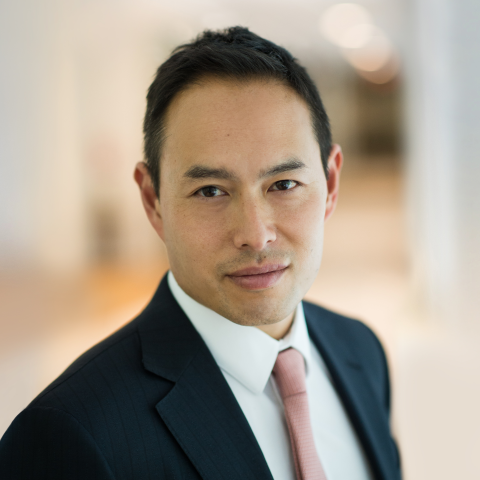The most important and lucrative sectors of the economy were reserved for the state-owned enterprises (SOEs) to compete among each other, while private domestic firms were denied access. At the beginning of this century, about two-thirds of the country's formal financing (mainly bank loans) was reserved for SOEs at discounted rates, rising to an astounding 90 percent from 2008 to 2010 before settling at about 80 percent currently.
The result was the rise of the corporate state consisting of about 150 central and 120,000 local SOEs, generating and owning the lion's share of the country's wealth, while about 4 million privately owned corporations and tens of millions of small, informal businesses are left to fight for the scraps. Consider the amazing statistic that the assets of the 150 centrally managed SOEs alone amount to more than two-thirds of China's gross domestic product, while their revenues amount to about half of the country's wealth each year.
Although many SOEs are listed on the stock exchanges or officially privatized, the government retains at least half--and up to two-thirds--of equity in those companies. SOEs come under the control of the ministerial-level State-owned Assets Supervision and Administration Commission. Members of the boards of directors and senior management are appointed by the commission in consultation with the Communist Party's Department of Organization. Not surprisingly, more than two-thirds of board members and three-quarters of senior executives of SOEs are either party officials or members.
The problem with this state-led approach is that entrepreneurs and other businesspeople need the support of the party or better still, Communist Party membership, to get ahead. This means the country is divided into a relatively small group of well-connected insiders benefiting disproportionately while about 1 billion people have little prospect of sharing in the fruits of economic growth. A rarely noted fact is that 80 percent of the poverty reduction took place during the first 10 years of reform from 1979 to 1989--before the rise of the Chinese corporate state model.
Since the rise of the corporate state, China has gone from being the most equal society in all of Asia to the least by distribution of wealth. By any internationally accepted measurement, inequality in China is worse than India, America and possibly even countries such as Brazil. The net incomes of more than 400 million people have stagnated in the past decade, and absolute levels of poverty have actually increased in the same period. While SOEs have increased their revenues by 20 percent to 30 percent each year, mean household incomes have increased by a paltry 2 percent to 3 percent.
Almost all of China's richest people have made their money in state-dominated sectors such as property and construction, resources, heavy industries and telecommunications. This could be through preferential access to the best land (that has, in many cases, been illegally seized from citizens) for property developers, privileged access to below-market rates of capital, or through special access to the best capital or equity in listed SOEs. In almost all cases, those benefiting are Communist Party officials or members. It is no wonder there are now 85 million card-carrying party members with another 80 million to 100 million on the waiting list to join.
The role and size of the Chinese corporate state--unprecedented in history for any modern economy--needs to be wound back to allow the hundreds of millions of people in private businesses fair access to economic and business opportunity. But the key to the Chinese Communist Party retaining political power is ensuring that it remains the dominant dispenser of material, career and professional opportunity. The party is therefore unwilling to wind back its grip on the levers of economic power and influence.
This is good news for the growing band of the mega-rich but not for the majority of the Chinese people.













